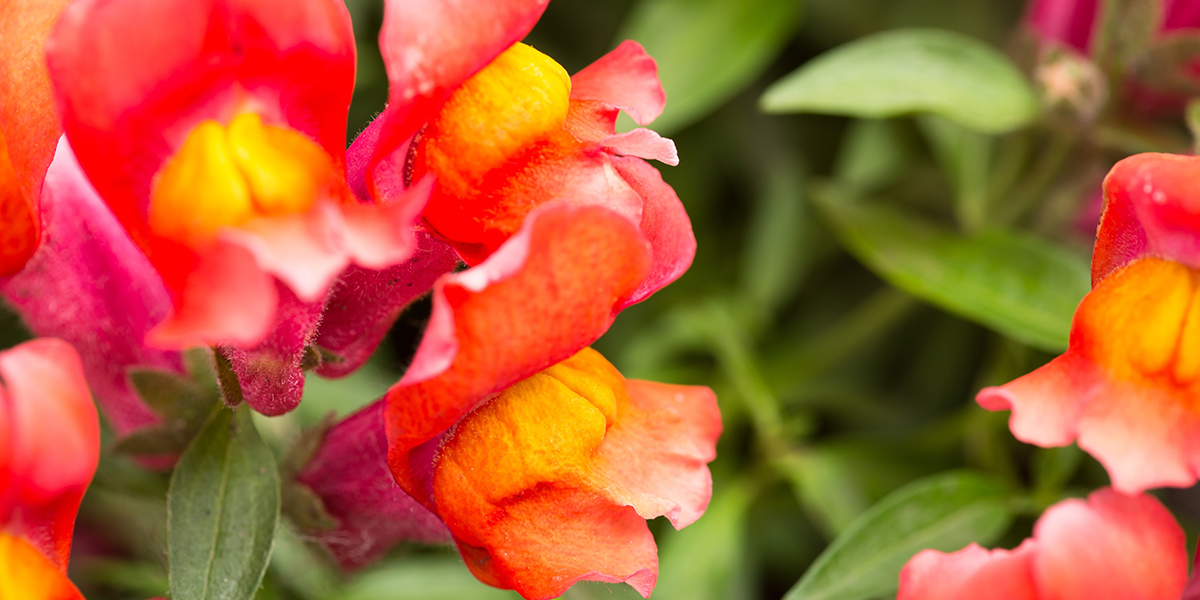FAQs about Ventigra® Insecticide
Jen Browning, PCA
BASF Technical Specialist
We launched Ventigra in Spring 2019 in what was a great year for aphids. Or, should we say awful? These sucking pests showed up early and often, with large populations on plants from propagation to finish. The timing was perfect and Ventigra was used in greenhouses, retail settings, landscapes and outdoor nurseries with excellent results. It might surprise you to hear that we learn about best practices from you, the grower, once a product is out in the wild and facing real world pest pressure. I wanted to share some of those conversations with you in the form of questions that are commonly asked and the best practices that we’ve discovered and developed along the way.
Is knockdown of aphids as fast as in the videos*?
In the video, you see the aphids stop feeding almost immediately and fall off the substrate in 10 minutes. This happens when aphids come into direct contact with the material, including ingesting it, which is the way we set up lab studies. Real world aphids aren’t nearly as cooperative as lab aphids, so it can take longer for the material to move to where the pests are and knock down individuals, and especially larger populations. Afidopyropen, the active ingredient in Ventigra insecticide, moves into and through leaf tissue to come in contact with pests in the most common place they live: on the underside of leaves. Under high humidity and with large populations, it can take two to four days to achieve the best results. Thorough spray coverage and adjuvants speed up this process.
*You can see Ventigra insecticide in action in a time-lapse video.
Can I drench Ventigra?
One of the strengths of this insecticide is that you don’t have to! You won’t need to wait up to a week for the active ingredient to move into the plant canopy like we do with drenched materials. In fact, we saw the same level and length of control on green peach aphid as we did with Safari insecticide. This doesn’t mean you kick drench materials out of your program, but it does mean you can get those same excellent results with a little less labor and waiting time.
Does Ventigra work on thrips?
Ventigra was developed for precision: piercing and sucking pests. The tradeoff with being a sharp shooter is that you miss some other common pests, like thrips, but that same precision allows for compatibility with non-targets, like pollinators and beneficial insects. Targeted chemistry is the way of the future, so we create programs with multiple tools to manage all the key horticultural pests you’re dealing with.
What about psyllids and glassy-winged sharpshooters?
The closer a pest is related to piercing and sucking insects like aphids, whiteflies, mealybugs and scale insects, the more likely we’ll be able to add those pests to the label in the future. We’re running trials now to evaluate additional pests for the label. Stay tuned!
Does Ventigra control whitefly eggs?
We see the best control with Ventigra applications targeted to adults, eggs and first instar crawlers of whitefly. Treated eggs do hatch, but nymphs will quickly die after coming out of the egg. Young mobile whitefly nymphs are also susceptible. If older nymphs are present at application, they’ll develop to maturity, but then be affected as adults and die. We call the effect on these stages “dead before they know it.”
How can I get better results for mealybug and scale?
For these difficult-to-control pests, Ventigra controls some species and life stages and suppresses others. We’ve seen the highest levels of control come from program approaches that include tank mixing adjuvants and alternating applications with Ultra-Pure Oil. Oils suffocate all the life stages of pests and they’re a key part of our program recommendations for these and other pests. Don’t be afraid of oils! Ultra-Pure Oil is not your grandma’s horticultural oil; modern oils are refined and cleaner, resulting in less phytotoxicity and worries about plant safety. See our Ventigra Insecticide Rotation guide for more information.
If Ventigra is so great, why do I need a program?
The folks who develop insecticides are horticulturists like you. We want to see new active ingredients work well for as long as possible, so we steward the products to protect them from resistance developing in the field. We do this with Integrated Pest Management (IPM) programs. These are guides that feature our best solutions and also the “best in show” from trials and operations around the country. This is why our programs don’t just recommend BASF products; they spell out solutions to deliver the best results for each crop, all year long.
Related

